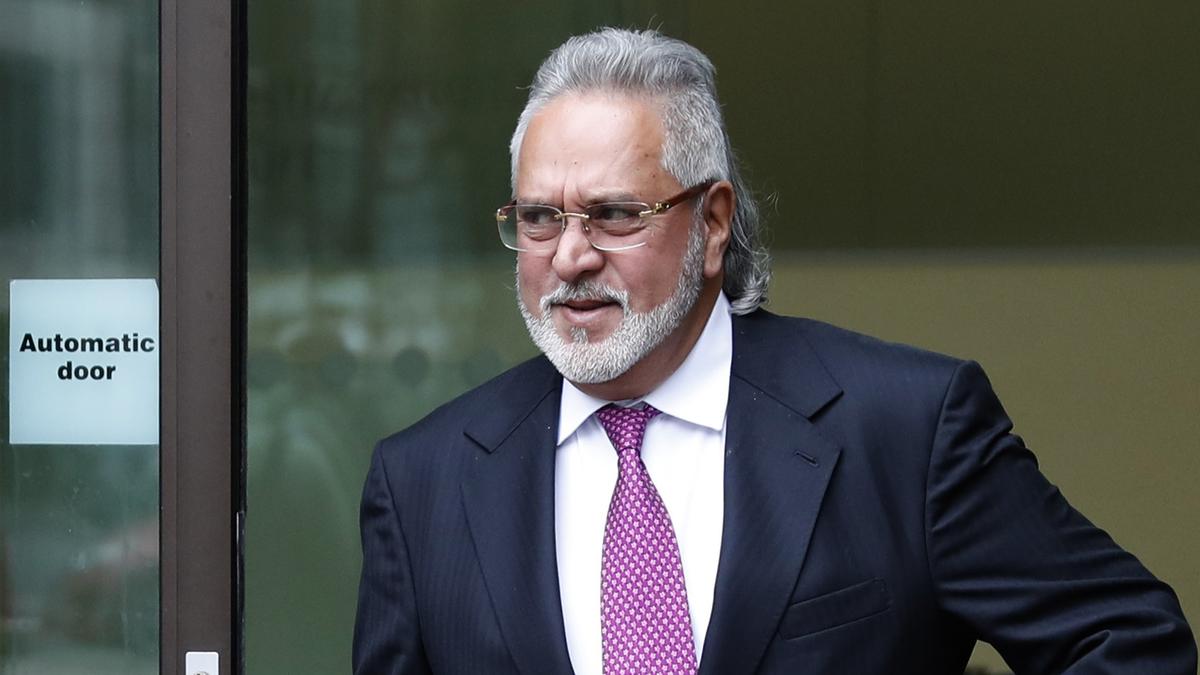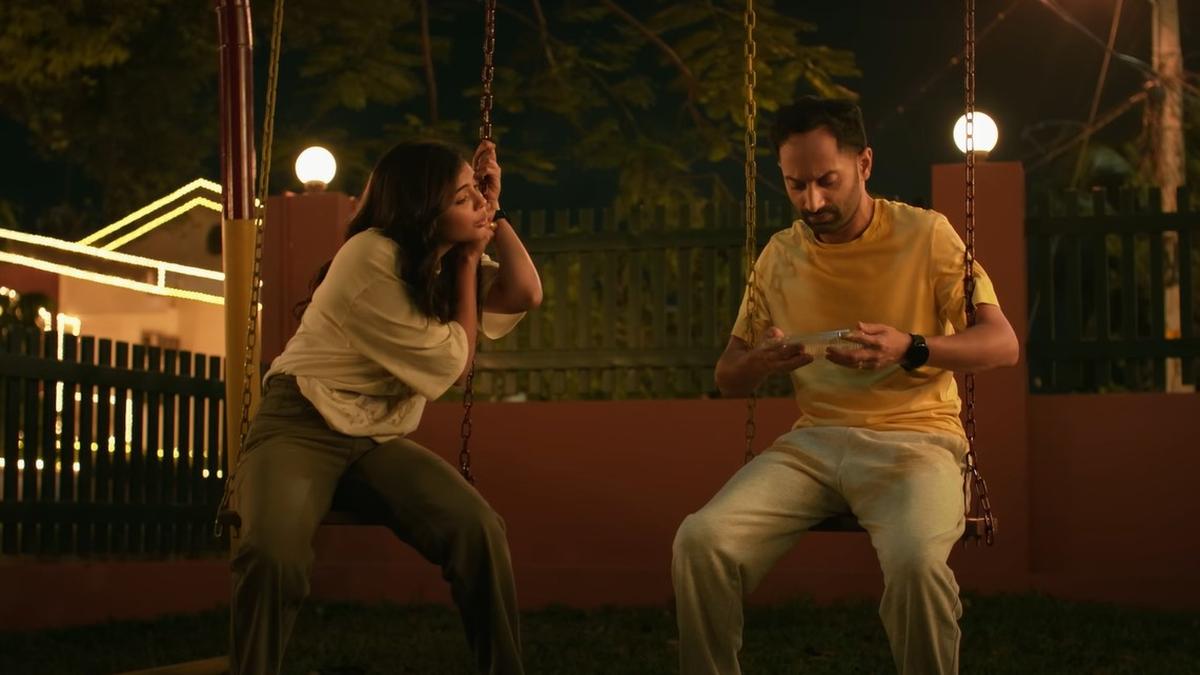Every morning Pranathi wakes up to the same routine — checking the phone and opening the government child adoption portal with a fervent hope that there will be some movement in her application. “For two years now, my life has been defined by waiting,” says the exasperated 45-year-old.
Pranathi and husband, 48-year-old Ramakrishna, have been married for the past 12 years and are childless. The couple, residents of Tenali in Guntur district, spent years moving from one fertility centre to another, trying every available medical option.
She underwent two rounds of Intrauterine insemination (IUI) and one round of in-Vitro Fertilization (IVF). The treatments were exhausting. “The injections were painful and had to be taken regularly,” she says, recalling the regimen. “There were side-effects too; the medicines leave you drained in more ways than one,” she says. When medical science offered no solace, the couple turned to adoption, registering in June 2023. “We want to share our lives with a child,” she says.
According to the guidelines of Central Adoption Resource Authority (CARA), a government agency that regulates and facilitates adoption in India, Pranathi-Ramakrishna couple are eligible for a child in 2-4 age group. For them, adoption is the only path to parenthood. But the wait, she says, has been unbearable.
Pranathi admits that, in moments of desperation, she is tempted to consider shortcuts, but reports of child trafficking and illegal adoptions landing parents in legal trouble quickly have her thinking better of it. “I can’t imagine losing a child after holding it in my arms,” she says, voice breaking.
A crime feeding off desperation
Pranathi’s fears are not unfounded. The instances of child trafficking feeding on the vulnerability of childless couples are growing in the State.
A case in point is that of 26-year-old Ch. Meghana from Ongole in Prakasam district. Meghana and husband Vishnu Teja got married in 2019 but remained childness. As the couple began contemplating adoption through CARA, a known registered medical practitioner (RMP) from Guntur approached their relatives informing them that a college girl, who had delivered a baby, wanted to give up the infant. The relatives discussed the matter with Meghana’s father-in-law, who collected the 16-days-old baby from the RMP.
The arrival of a baby was nothing short of a miracle for the childless couple, as it filled the silence of their home with laughter, purpose and a joy that knew no bounds. But the jubilation turned into despair on July 14, when the child was taken away by the Vijayawada police, who informed her that it was a trafficked infant. Meghana has now appealed to the District Collector and moved the court, seeking their intervention to regain custody of the child.
In another case, which could perhaps be the gravest of the trafficking incidents thus far, a three-month-old infant girl changed hands seven times within two months in August 2022. Originally from Mangalagiri in Guntur district, she was sold by her father Medabalimi Manoj of Dandalayapet in Mangalagiri to Mikkili Nagalakshmi of Kondaprolu village in Nalgonda district (Telangana) for ₹70,000.
Nagalakshmi sold the baby to Meghavat Gayatri for ₹1.2 lakh, who went on to hand over the child to Bhukya Nandu for ₹1.87 lakh. Bhukya Nandu sold the baby to Sk. Noor Jahan through one Anubolu Kiran for ₹1.9 lakh. Subsequently, the baby got transferred to Bommada Uma Devi of Hyderabad (amount not known). She was then sold to Padala Sravani of Vijayawada for ₹2 lakh and then to Garikamukku Vijayalakshmi of Vijayawada for ₹2.2 lakh, before reaching the hands of Varre Ramesh of Eluru district, who paid ₹2.5 lakh.
Based on a complaint by the infant’s mother and grandmother, the Guntur police formed a special task force and traced the trafficking chain. Eleven people, including the father, were arrested and the baby was reunited with her mother.
“An acquaintance of my wife told her that babies could be arranged quietly through intermediaries if she didn’t want to wait for the legal process to be over.”Sarveshwar RaoA resident of Singh Nagar in Vijayawada
The case sparked a state-wide debate about the complex adoption procedures that drive desperate couples towards illegal methods, weak vigilance in hospitals and communities and delayed police response to missing child or trafficking cases.
Following the incident, the Andhra Pradesh High Court took suo motu cognisance of the issue and appointed senior advocate P. Sri Raghuram as amicus curiae to guide the court on broader systematic failures and recommend reforms. The disturbing frequency of transactions in this single case prompted the High Court to examine whether procedural delays and enforcement gaps in legal adoption were inadvertently fuelling illegal trafficking.
Raghuram found that the adoption process is excessively bureaucratic and slow, often taking years to complete, and that the delay pushes aspiring parents toward illegal alternatives. He also underlined the delay in response by the law enforcement agencies and called for community-level vigilance.
He suggested simplification of the adoption process, strengthening of vigilance at key points, swift police response and a series of awareness campaigns to educate the public about legal adoption process, the penalties for trafficking or sex determination and on the importance of promptly reporting any suspicious activity.
“The wait is unbearable. Friends whisper of ‘other options.’ An acquaintance of my wife told her that babies could be arranged quietly through intermediaries if she didn’t want to wait for the legal process to be over,” says Sarveshwar Rao from Singh Nagar in Vijayawada.
Married for sixteen years, the couple decided to adopt a child and registered in CARA. “We were told it might take two to three years, but it stretched to four before we could finally bring home the baby,” says the 40-year-old teacher.
He says after completing every formality that the government asks for, background checks, counselling sessions, home inspections and medical certificates, the wait becomes painful. “And yet, every moment of that wait feels worthwhile now, for the joy he has brought into our lives comes without the shadow of fear or the worry of future uncertainty.” The couple was given a three-month-old baby in April.
Struggles for parenthood
A District Child Protection Unit (DCPU) officer, seeking anonymity, recounts how couples usually approach the Women and Child Welfare Department only after exhausting every possible fertility treatment. “One woman came to us completely bald,” the officer recalls. “She said she lost her hair because of the strong medication she was put on.”
The DCPU says he has also received desperate calls from men saying that their wives have slipped into depression because of the wait. “Their voices carry both helplessness and fear,” he says. For those without much money or knowledge, the centralised child-adoption system feels out of reach.
“This is also why many couples look for other options,” says N. Siva Prakash, a native of Thotlavallur in Krishna istrict. The 42-year-old man, with his wife Rama Devi, visited the local office of the Integrated Child Development Scheme (ICDS) in 2021 to learn about child-adoption procedure. “They spoke about CARA guidelines, Child Adoption Resource Information and Guidance System (CARINGS) portal, registration and paperwork involving online forms, income proofs and certificates and long waiting time, especially for infants and healthy babies. I couldn’t understand their legal terms, so I gave up the idea of adopting through CARA,” he said.
There were other reasons, too, for the couple to avoid the CARA route. “They wanted me to show a certificate proving that my annual income was at least ₹3 lakh. But if I did that, my white ration card would be cancelled, and I couldn’t afford to lose it,” he says. The couple adopted a baby from a relative and the girl is four years old now.
How the processes go
CARINGS, an online portal maintained by CARA for prospective adoptive parents (PAPs) to register, track and complete the adoption process, is aimed at ensuring that adoptions are legal, transparent and in the child’s best interest. The district Women and Child Welfare Department is the local authority overseeing child protection and welfare, and it coordinates with Child Care Institutions (CCIs) and adoption agencies ensuring that the process follows CARA rules.
The DCPUs are the ground-level arm of the department, which identify orphaned, abandoned or surrendered children, produce them before the Child Welfare Committee (CWC) for declaring them legally free for adoption and support adoptive parents with documentation and counselling.
The Women and Child Welfare Department promotes adoption through the 27 Specialised Adoption Agencies (SSAs) or Sishu Gruhas established in 26 districts. Children in the 0-18 age group are placed for adoption, and over the past three years, the department placed 239 children for in-country adoption and 34 children for inter-country adoption.
“Most prospective adoptive parents prefer children below one year,” says Secretary, Women and Child Welfare Department, A. Surya Kumari. This is perhaps for the ease of bonding, to experience early stages of parenthood (feeding, first words, first steps) and due to social stigma, as parents prefer a newborn so they can present it as their biological baby.
Foster care
Surya Kumari says the department is also encouraging foster care to provide a safe and nurturing family environment for a large number of children in the 6-18 years group who are staying in CCIs. “As their parents or guardians are unavailable or are unable to take care of them due to various circumstances, they can be placed under foster care,” she explains.
“Foster care is about flexible commitment, which allows couples and single women aged 35-60 to provide temporary care without the permanency of adoption.”A. Surya KumariSecretary, Women and Child Welfare Department
In foster care, a child in need of care and protection is placed in the domestic environment of a family on short term, and the process is coordinated by DCPU and approved by the CWC of the district concerned. “It is about flexible commitment, which allows couples and single women aged 35-60 to provide temporary care without the permanency of adoption,” explains Surya Kumari, adding that it suits those who want to help but are not ready for lifelong responsibility. She says this can evolve into adoption after two years, if desired.
Meanwhile, voices demanding decentralisation of the adoption procedure without diluting the existing rules are growing louder. “Local accessibility will allow couples to approach the district or state-level adoption agencies directly instead of waiting endlessly in an online queue,” feels B.V.S. Kumar, former Chairman of the Child Welfare Committee, Krishna district.
He says adoption is an emotional journey, and sensitive handling at the local level can ease the stress of prospective adoptive parents, providing the much-needed human touch to it. “Besides improving speed and efficiency, it will bring greater trust, and localised processes can give confidence to the many couples who hesitate to approach Central authorities due to fear of complications,” says Kumar.
(Names of couples changed)



.png)
.png)
.png)
















 8 hours ago
5
8 hours ago
5










 English (US) ·
English (US) ·